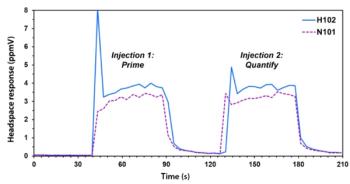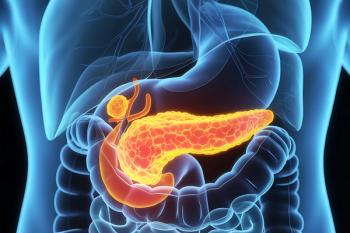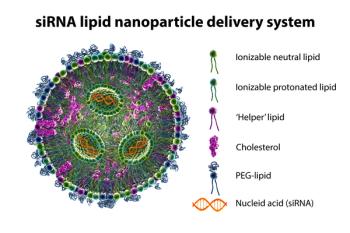
Spanish Chemists Validate KDP
KDP (long-chain dipalmitate exter of kojic acid) was recently introduced to resolve skin pigment issues resulting from age spots.
KDP (long-chain dipalmitate exter of kojic acid) was recently introduced to resolve skin pigment issues resulting from age spots. As a skin-whitening agent, KDP should be controlled, to ensure efficacy and safety. As none existed, Alberto Chisvert and colleagues from the universities of Valencia and Alicante in Spain investigated set out to use size exclusion chromatography (SEC) with UV-visible detection. Sample preparation of five samples comprised ultrasonic extraction with tetrahydrofuran (THF) and dilution to the same volume for each sample. Water was avoided because it brought about precipitation of KDP. The extract was analyzed with a SEC column of polystyrene-divinylbenzene copolymer, using THF as mobile phase. KDP levels in the commercial samples were in the range 0.34-2.14% (w/w). The researchers concluded that the speed and accuracy of the SEC method for measuring KDP in skin whiteners make it a good candidate method for quality control in the cosmetics industry.
Newsletter
Join the global community of analytical scientists who trust LCGC for insights on the latest techniques, trends, and expert solutions in chromatography.





